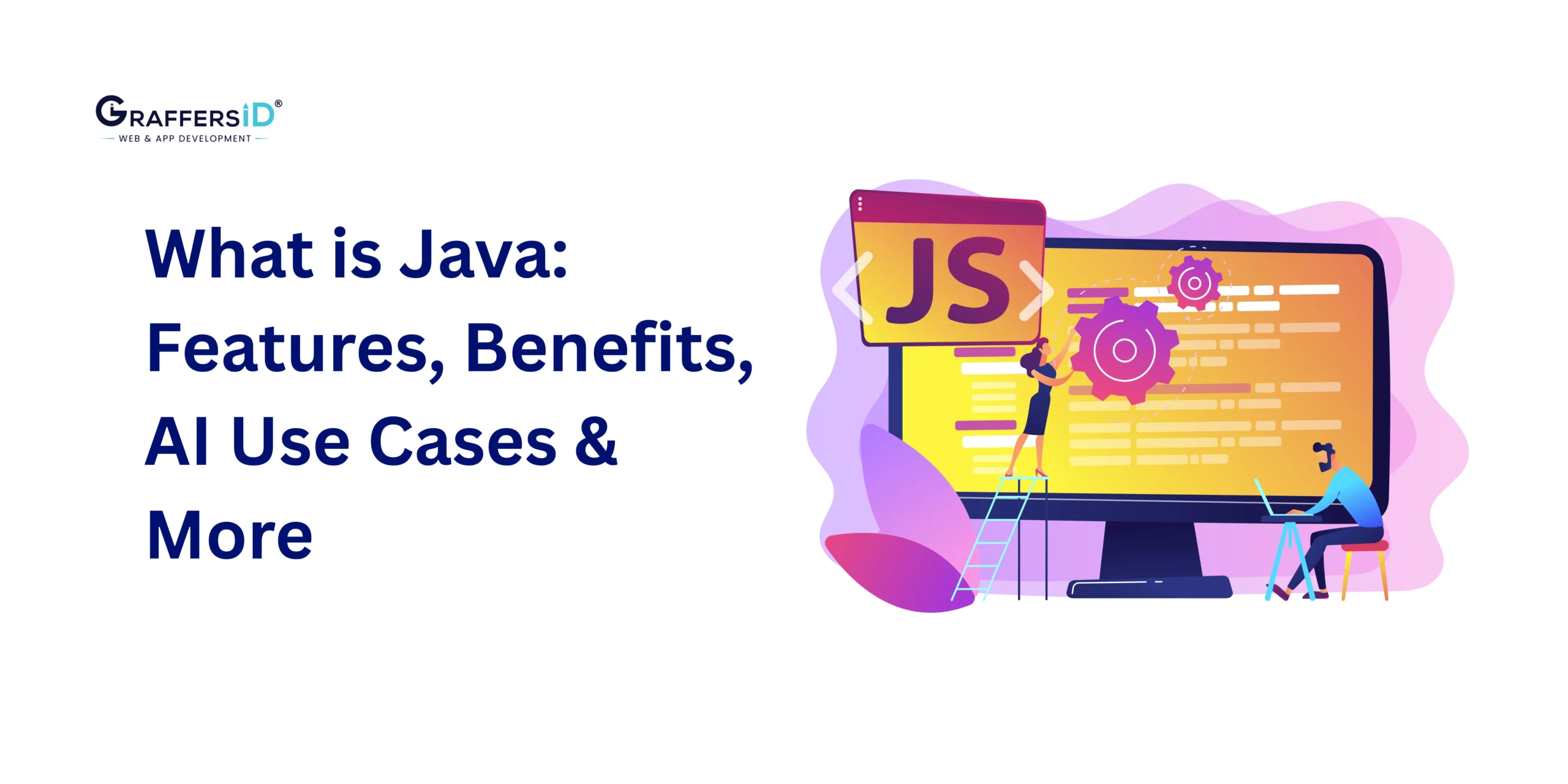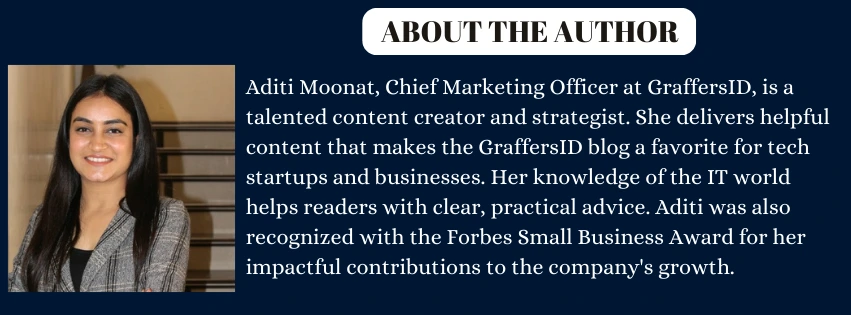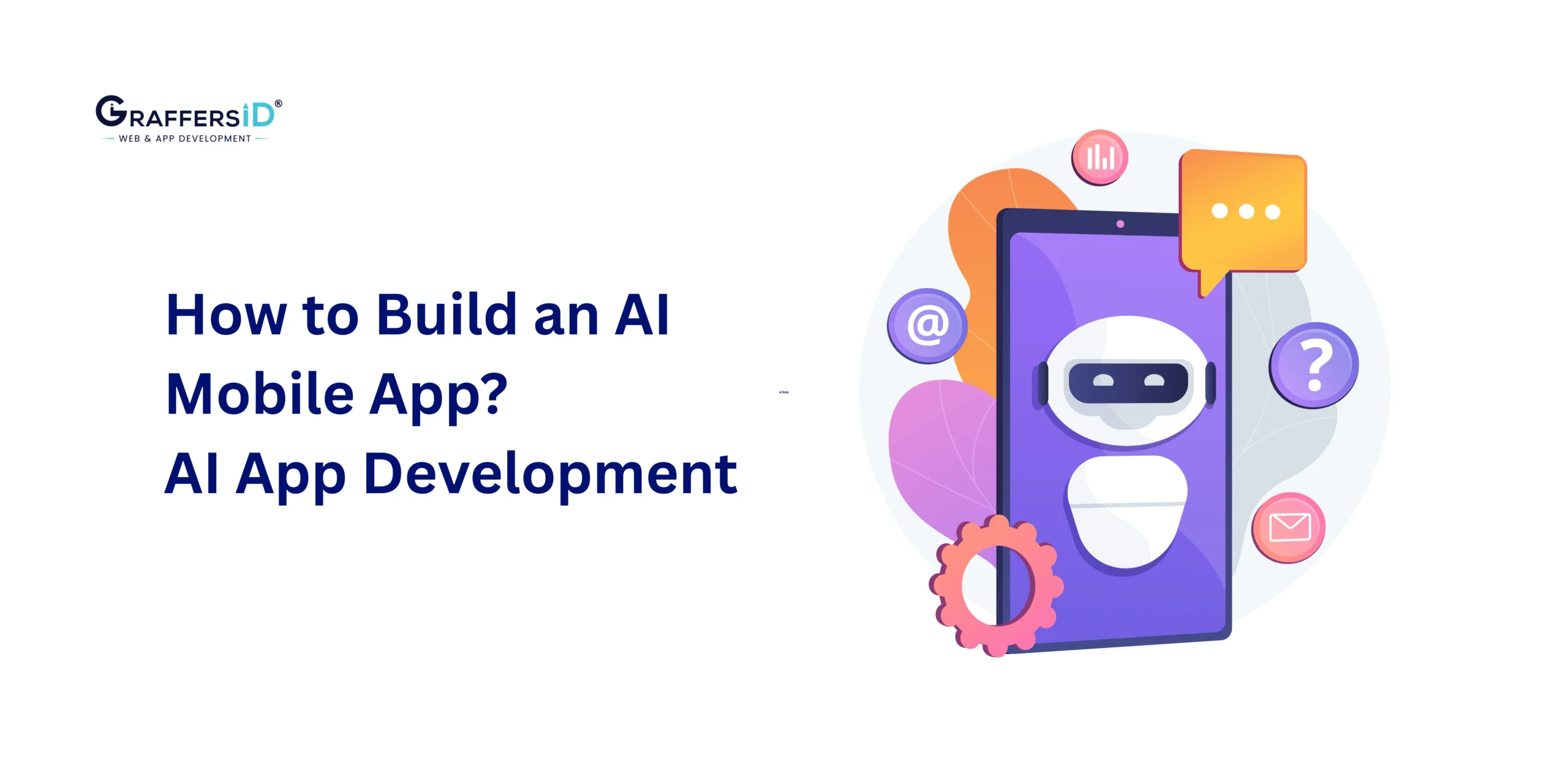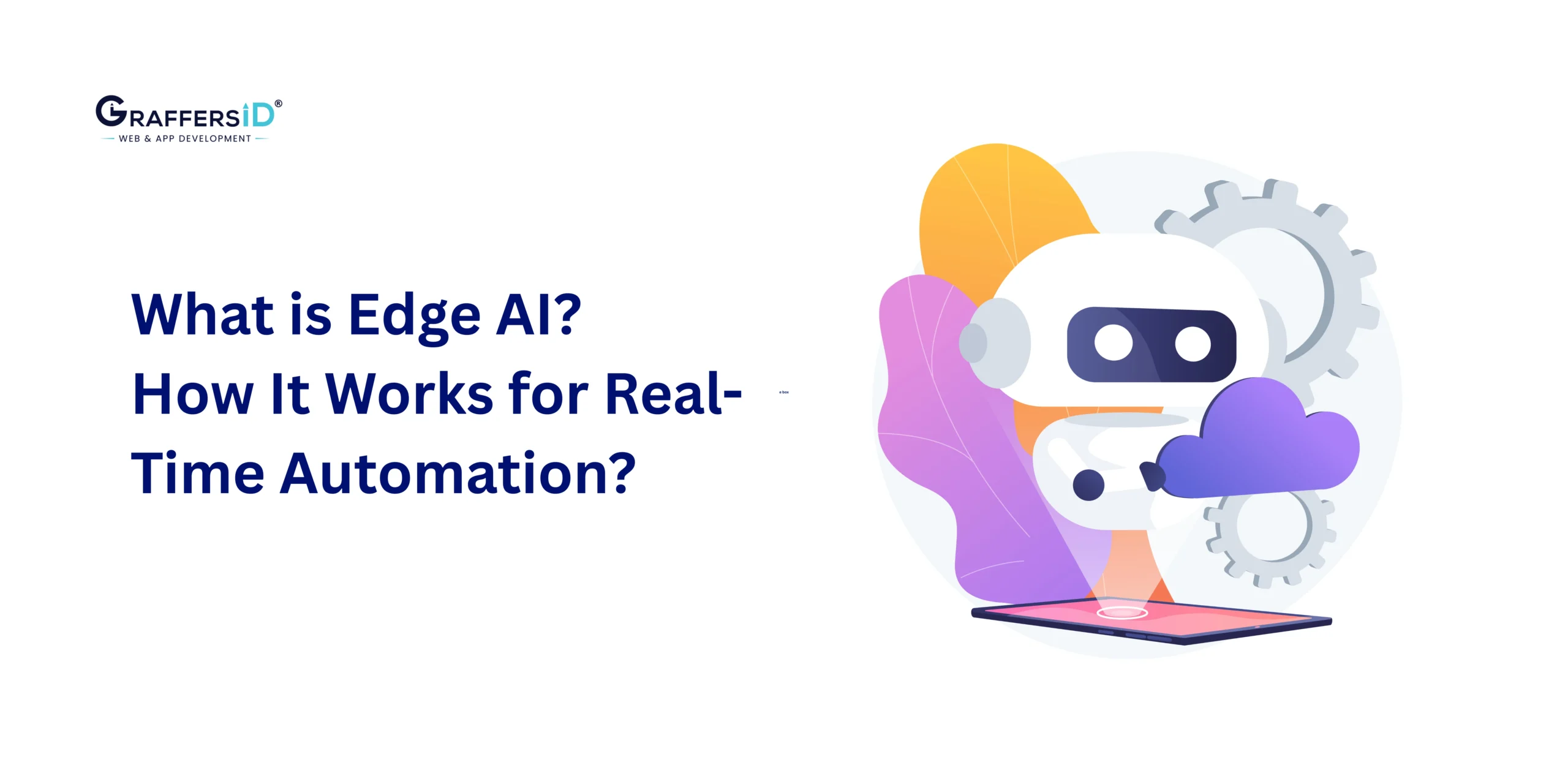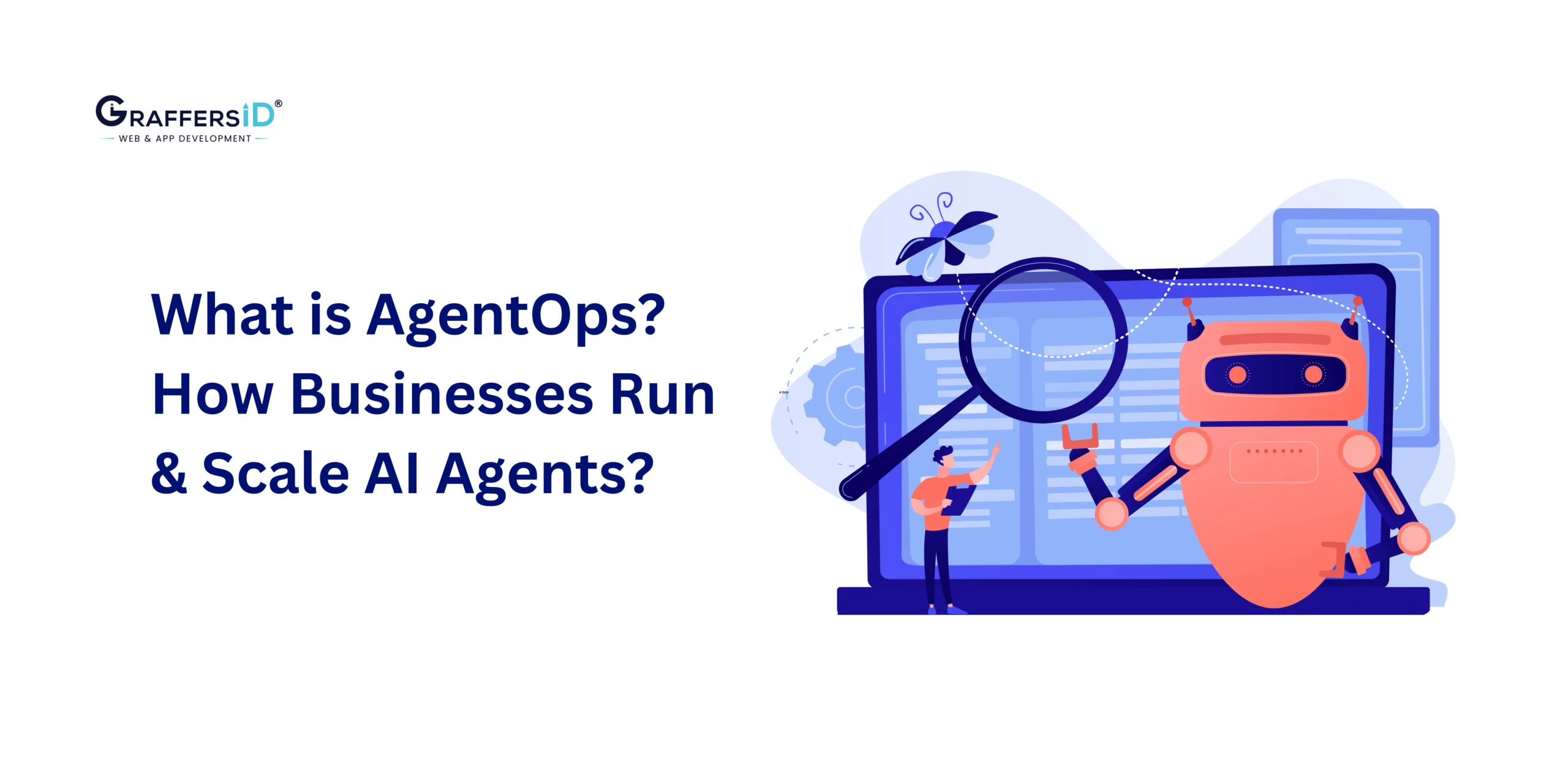In 2026, Java remains one of the most trusted programming languages for enterprises, startups, and developers worldwide. While many new languages and frameworks have emerged, Java continues to evolve, powering AI-driven applications, cloud-native platforms, big data pipelines, and Android ecosystems. Its unique strength lies in being platform-independent, secure, and AI-ready, making it the go-to choice for building modern, intelligent, and scalable solutions.
If you’re wondering whether Java is still relevant in the age of AI, serverless computing, and microservices, the answer is a resounding yes. This blog explores Java’s key features, advantages, challenges, AI integration, modern use cases, and why it continues to be a cornerstone for enterprise and next-gen applications in 2026.
What is Java?
Java, introduced in 1995 by James Gosling at Sun Microsystems (now Oracle), has evolved into one of the most reliable and enterprise-grade programming languages. Originally created for interactive television, it is now powering enterprise systems, Android apps, cloud-native platforms, AI-driven solutions, and large-scale data pipelines.
Its biggest strength remains its platform independence, Java applications can run on any system with a Java Virtual Machine (JVM), making it future-proof for multi-cloud, IoT, and AI-powered ecosystems.
Key Features of Java in 2026
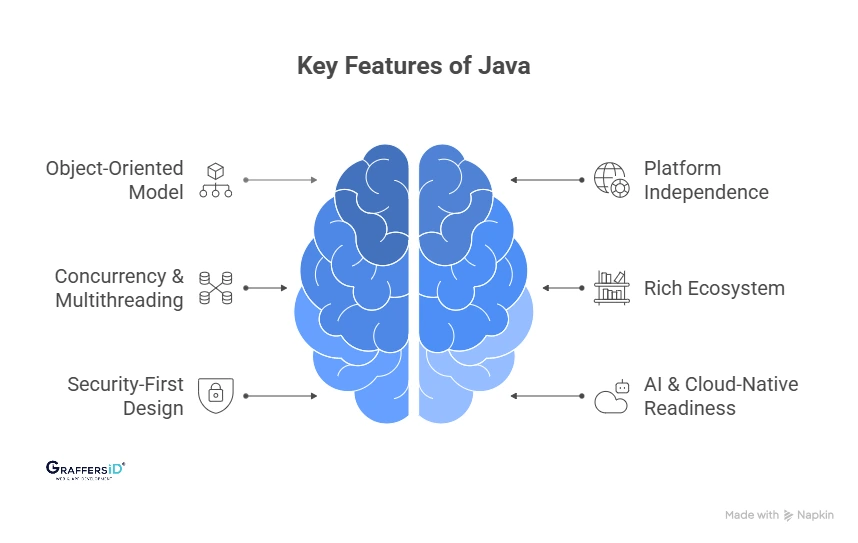
1. Strong Object-Oriented Model
Java follows a strict OOP model with encapsulation, inheritance, and polymorphism, enabling modular, reusable, and maintainable code for large-scale applications.
2. Platform Independence via JVM
Java code is compiled into bytecode, which runs on the JVM, ensuring cross-platform deployment across desktops, Android, cloud environments, and IoT devices.
3. Concurrency & Multithreading for AI Workloads
Native multithreading, parallel streams, and concurrency APIs allow Java to efficiently utilize multi-core CPUs and GPUs, ideal for AI simulations, predictive analytics, and real-time systems.
4. Rich Ecosystem of Libraries & Frameworks
From Spring Boot for microservices and Vert.x for reactive apps, to Deeplearning4j for AI, Java offers a vast ecosystem for modern development.
5. Security-First Design
Java integrates bytecode verification, cryptographic APIs, and sandboxing, making it one of the most secure languages for enterprise-grade apps.
6. AI & Cloud-Native Readiness:
Java in 2026 smoothly integrates with AI frameworks (TensorFlow, DL4J) and supports cloud-native deployments via Kubernetes and GraalVM.
Read More: What is Generative AI and How Does It Affect Software Development?
Advantages of Java in 2026
-
AI-Ready: Supports hybrid AI via GraalVM (Python + Java interoperability).
-
Enterprise Reliability: Decades of adoption in banking, healthcare, and telecom systems.
-
Big Data Backbone: Java powers Hadoop, Spark, and Kafka, enabling large-scale analytics.
-
Cross-Platform Flexibility: Runs across devices, desktop, Android, IoT, and cloud.
-
Strong Community Support: Millions of developers, open-source projects, and enterprise vendors.
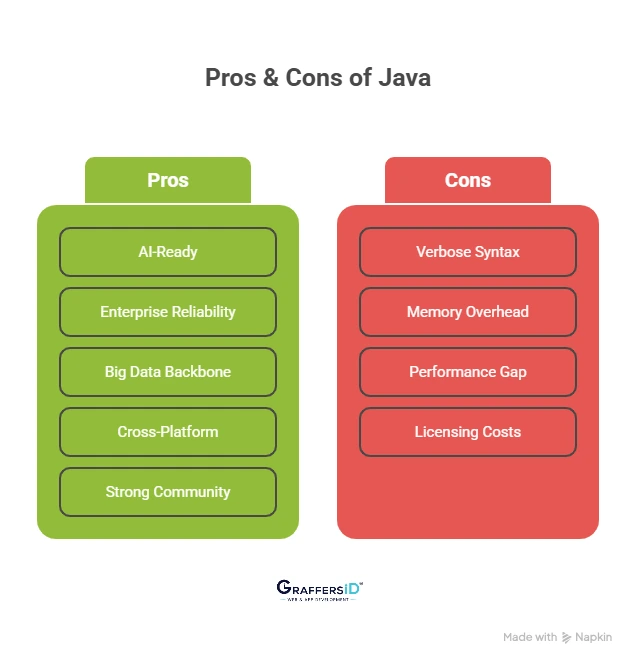
Disadvantages of Java in 2026
-
Verbose Syntax: More boilerplate compared to Kotlin or Python.
-
Memory Management Overhead: Garbage collection can affect real-time AI apps.
-
Performance Gap with Native Code: Slightly slower than C++ in CPU-intensive AI training.
-
Licensing Costs: Oracle Java SE commercial licensing still affects enterprises.
Core Components of Java (2026)
Below are the key components explained:
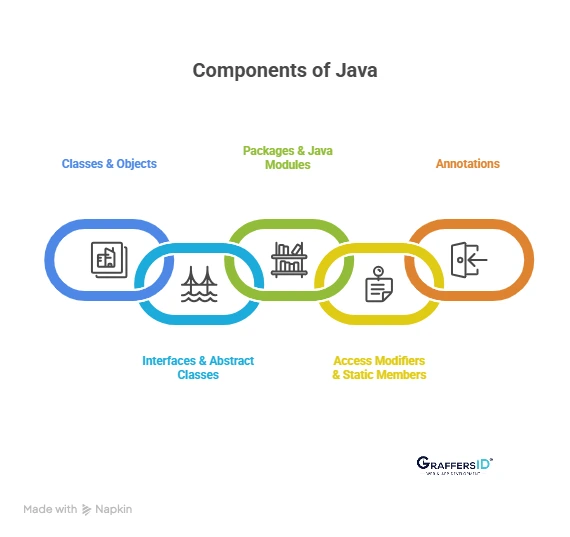
-
Classes & Objects: The core building blocks of Java, used to model real-world entities by encapsulating data (fields) and behavior (methods).
-
Interfaces & Abstract Classes: Enable abstraction, code reuse, and multiple inheritance, allowing developers to define contracts for scalable and flexible systems.
-
Packages & Java Modules (JPMS): Provide a modular development approach, organizing code for large-scale applications, especially useful in microservices and cloud-native Java projects.
-
Annotations: Simplify dependency injection, configuration, and metadata handling in frameworks like Spring Boot and Jakarta EE, improving productivity.
-
Access Modifiers & Static Members: Control data visibility and accessibility across applications, while static members allow utility-based functions at the class level.
What is Java Used for in 2026?
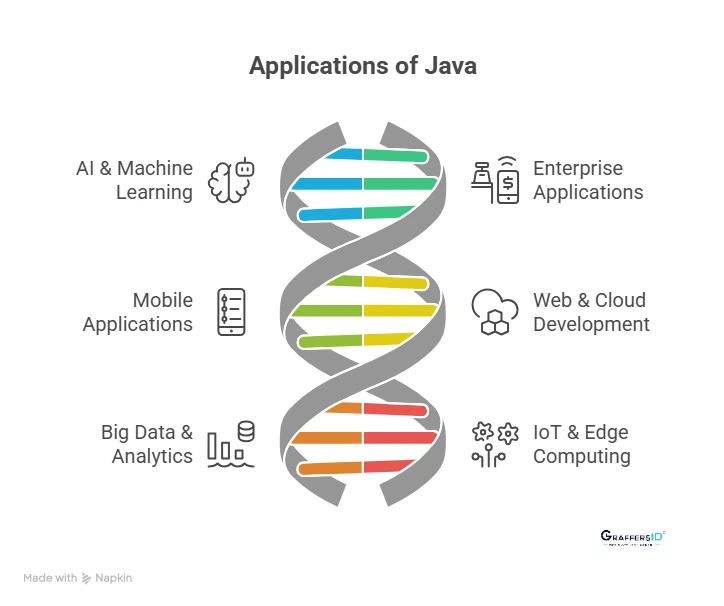
1. AI & Machine Learning
Java is increasingly used for AI and machine learning development through frameworks like Deeplearning4j (DL4J), TensorFlow Java APIs, and hybrid AI models with GraalVM, enabling smooth integration with Python-based ML workflows.
2. Enterprise Applications
As of 2026, Java remains a backbone of enterprise software, powering ERP systems, CRM platforms, and secure financial applications where reliability, scalability, and security are non-negotiable.
3. Mobile Applications
Java continues to dominate Android app development, supported by Android Studio, Jetpack libraries, and Kotlin interoperability, making it essential for building high-performance mobile applications.
4. Web & Cloud Development
Frameworks like Spring Boot and Jakarta EE make Java a top choice for APIs, microservices, and serverless architectures, enabling enterprises to deploy cloud-native and containerized applications on platforms like AWS, Azure, and Google Cloud.
5. Big Data & Analytics
Java powers the world’s leading big data and analytics frameworks, including Apache Hadoop, Apache Spark, and Apache Kafka, making it indispensable for data-intensive processing and real-time event streaming.
6. IoT & Edge Computing
With Java ME, GraalVM, and lightweight cloud frameworks, Java adapts well to IoT devices, embedded systems, and edge computing, enabling real-time decision-making at scale.
How Java Handles Errors and Debugging in 2026?
1. Try-Catch-Finally Blocks
Java’s try-catch-finally mechanism ensures smooth error recovery, preventing system crashes and maintaining application reliability.
2. Custom Exceptions
Developers can create domain-specific exceptions to improve debugging and provide clear, actionable error messages in enterprise and AI-powered applications.
3. Modern Debugging & Monitoring Tools
With IDEs like IntelliJ IDEA and Eclipse, along with logging frameworks (Log4j, SLF4J) and distributed tracing solutions (Jaeger, Zipkin, OpenTelemetry), Java in 2026 offers end-to-end error detection and monitoring for scalable systems.
Best Java Frameworks and Libraries to Use in 2026
When it comes to building scalable, cloud-native, and AI-ready applications, Java’s ecosystem remains unmatched. Below are the most widely used Java frameworks and libraries in 2026:
-
Spring & Spring Boot: The most popular choice for building backend APIs, enterprise applications, and microservices with cloud-native support and AI integrations.
-
Hibernate: A powerful ORM (Object-Relational Mapping) framework that now includes AI-assisted query optimization for faster and more efficient database operations.
-
Apache Struts & JavaServer Faces (JSF): Reliable MVC frameworks used in large-scale enterprise web applications, offering robust architecture and long-term stability.
-
Google Guava: A widely used library that provides enhanced collections, caching, concurrency utilities, and functional programming features for cleaner, faster code.
-
Eclipse Vert.x: An event-driven, reactive framework ideal for real-time systems, streaming apps, and AI-powered workloads.
-
Quarkus & Micronaut: Lightweight, cloud-native frameworks designed for Kubernetes, serverless environments, and microservices, making them perfect for modern Java applications.
Conclusion
Java in 2026 remains a powerful, versatile, and future-ready language. With its AI integrations, cloud-native adaptability, enterprise reliability, and big data dominance, it continues to be a top choice for developers and businesses worldwide.
Its platform independence, strong community, security-first design, and AI readiness make it one of the most future-proof languages available.
Looking to hire expert Java developers for your next AI, cloud, or enterprise project? Contact GraffersID today to build scalable and intelligent solutions.
